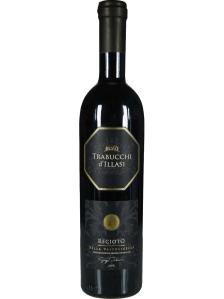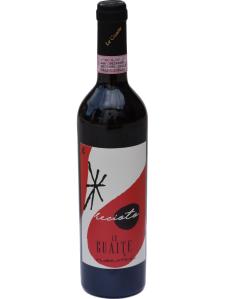Recioto della Valpolicella is an intensely flavored, sweet red wine made from dried (passito) grapes. It is made in the Veneto region of north-eastern Italy and is one of the region's most idiosyncratic wines, particularly when made in a foaming spumante form.
The recioto wine style came about as Valpolicella winemakers sought a way of increasing the body and complexity of their wines; the Corvina, Rondinella and Molinara varieties struggle to give deep, satisfying wines in the cool climate of western Veneto.
In order to concentrate the natural sugars and aromatics in their wines, Valpolicella's producers have traditionally dried their grapes out after harvest. This removes water while retaining the sweetness and flavor desired in the finished wine. The technique proved successful, and was later adapted to produce the region's famous amarone wines – a drier, higher-alcohol version of sweet recioto.
The grapes used to make modern Recioto della Valpolicella wines are of the local Corvina variety and its sub-variety Corvinone. They are picked in whole bunches and kept in drying rooms (with warm temperatures and low humidity) for anywhere from three weeks to three months. Traditionally the grapes were dried on straw mats (they are a member of the 'straw wine' family) in the warmest part of the house or winery, but modern technology has replaced straw with steel and lofts with pallets. When the drying process is complete, the grapes are gently pressed and the must is fermented until it reaches the desired balance of alcoholic strength and sweetness. It is then aged in barrels (the traditional large botti once used have now been replaced by smaller Slavonian oak barriques) for at least two years.
Standard Recioto della Valpolicella can be made from anywhere within the wider Valpolicella zone, but those from the viticulturally superior classico and Valpantena sub-zones may be labeled as such.
The recioto production process creates a vinous by-product, of sorts: dried grape skins. These are often discarded, or used for distillation into grappa, but Valpolicella's resourceful winemakers have developed the ripasso technique to squeeze every last drop of intrigue out of them. By adding the skins to standard Valpolicella, and putting the mix through a second fermentation (the ripasso), valuable tannins and phenolic compounds are leached out into the wine. The end result is Valpolicella Ripasso.



